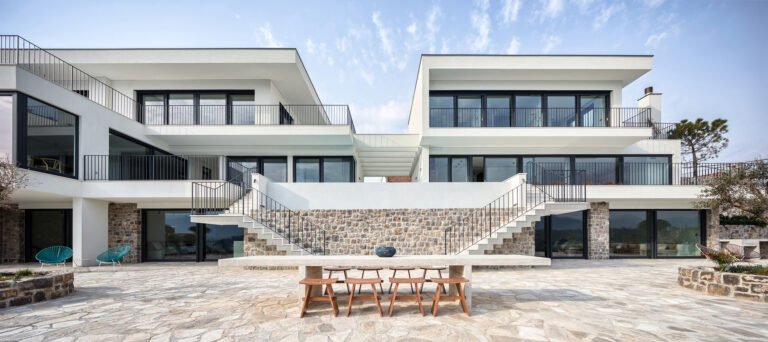Keep These 3 Things in Mind When Going Bold With Paint
Presented by HGTV Home® by Sherwin-Williams
When it comes to going bold with paint, there’s no reason to be daunted. We spoke with a handful of designers who laid out everything you need to know when selecting a loud hue: from determining which colors best pair together, which paint finishes are most ideal, and which tools you’ll want to keep in your arsenal. You’ll feel armed and ready to add some vibrance to your home in no time.
Choosing the right hues
For designer Rosanna Bassford, going bold with paint means “using a bright color, a color that is not ‘safe’ or expected, or taking a color everywhere, such as the walls, ceiling, and trim.” She believes there are no specific rules when it comes to selecting such hues, other than that the color you do choose should “make you feel good every time you see it.” To avoid regret down the line, Bassford advises going slowly. “Limit the color to one room in your home first,” she suggests. “If you have an open floor plan home, look for the architectural features to provide guidance on where to start and stop paint colors.” Bassford particularly enjoys going bold in “rooms like powder baths, dining rooms, home offices, and even closets and bedrooms.” She adds, “Usually these are rooms that are contained and small so bold colors feel exciting, rich and cozy rather than overwhelming.”
DIY and home decor influencer Alisa Bovino makes a point to “think about the color story from one room to another” when settling on paint colors for her family’s home. Specifically, this means considering one room’s design scheme in relation to an adjacent space, she explains. “Most of the rooms in our home that are next to each other are different shades of green, because green is our favorite color and it happened to become the main part of our home’s color story,” Bovino comments.
Designer Malka Helft expresses similar sentiments with regard to bold colors. “There are no rules about how many rooms you can paint this way; however, I always look at a home as a solid unit,” she says. “What colors do you see around you? What colors do you find in your furniture? Do you like blues? Green? Grays? Use those as your jumping-off point and go way darker in one room or more.”





